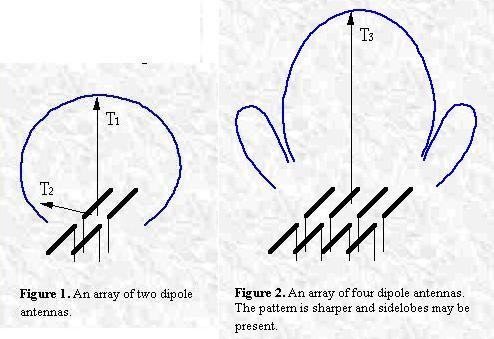For a long time I've been toying with the idea of creating an antenna array.
Although my initial idea wasn't for a satellite dish array I don't see why it couldn't be applied to the satellite TV. Since 18" dishes are relatively easy to find I thought it would be great to setup an array of at least 4 dishes.
I know it is tricky and probably very difficult to align all dishes perfectly but it shouldn't be impossible. Also another advantage of arrays is that it is possible to control the direction of the antenna beam electronically.
If somebody is following the SETI project, instead of using one huge radio telescope like Arecibo in Puerto Rico they are planning to use an array of 350 dishes!
So my question is: if anybody has tried that please share your experience.
Thanks
Although my initial idea wasn't for a satellite dish array I don't see why it couldn't be applied to the satellite TV. Since 18" dishes are relatively easy to find I thought it would be great to setup an array of at least 4 dishes.
I know it is tricky and probably very difficult to align all dishes perfectly but it shouldn't be impossible. Also another advantage of arrays is that it is possible to control the direction of the antenna beam electronically.
If somebody is following the SETI project, instead of using one huge radio telescope like Arecibo in Puerto Rico they are planning to use an array of 350 dishes!
So my question is: if anybody has tried that please share your experience.
Thanks


